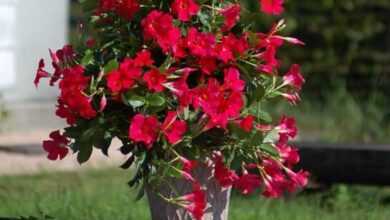Rhyncospermum jasminoides
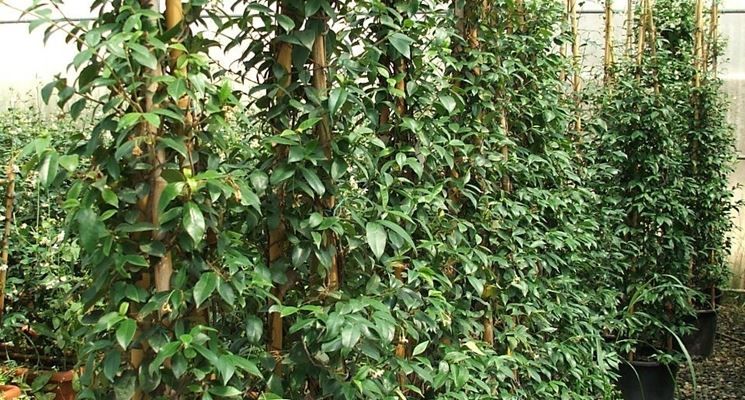
The Rhyncospermum jasminoides

Cultivation of Rhyncospermum jasminoides
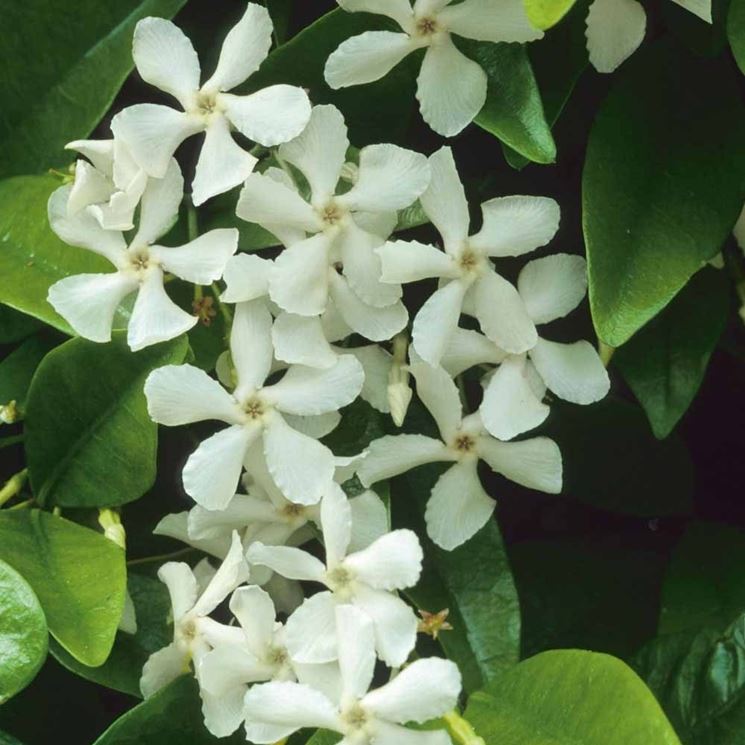
Rhyncospermum jasminoides is a plant that adapts very easily to any type of soil, even if it prefers those with greater acidity, with adequate drainage and with many organic substances. If grown in the ground, this should be deep to allow for proper root development. While for plants grown in pots, the most superficial layers of soil must be replaced every year. The plant does not have great water demands, even if the soil should be kept fairly moist, but still avoiding stagnations that would cause the roots to rot. Fertilization should be done every two weeks, in spring and summer, preferably using a mixture of organic fertilizers.
Rhyncospermum jasminoides care
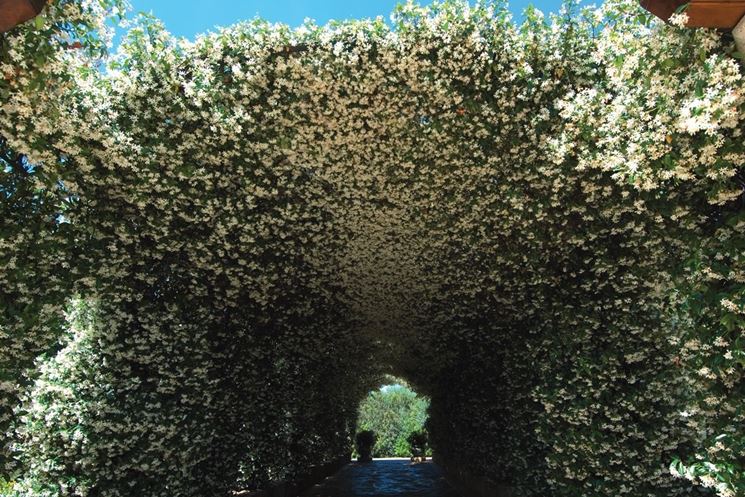
In order for the plant to grow correctly, it should be exposed to direct sunlight, thus favoring the production of new twigs and many flowers. If, on the other hand, the need is to have very long branches, the right exposure should be that in half shade. The optimal temperature should be between 10 and 20 degrees, although it would be able to tolerate even higher temperatures and with little humidity, or temperatures below zero, but possibly for short periods. The rhyncospermum requires formation or containment pruning as long as they do not affect the main branches or those in bloom because this would cause problems for the growth of the plant. The ideal soil for cultivation should consist of clay, sand and peat.
Maintenance of Rhyncospermum jasminoides
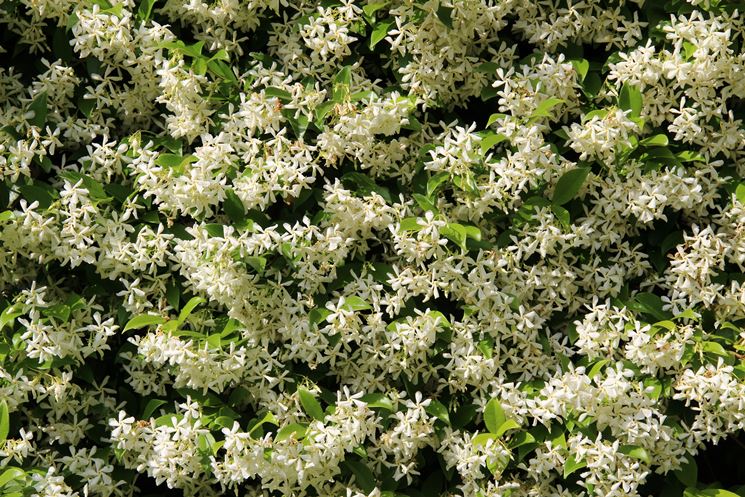
Rhyncospermum jasminoides usually blooms once in the months between April and July, although flowering is particularly long-lasting. When the flowering is complete, the new branches will be born from which the new flowers will bloom the following year. In autumn, as soon as all the flowers have fallen, pruning should be carried out, mainly cutting the oldest or young branches that have grown, however, in a disordered way. The best way to reproduce rhyncospermum is through the cutting, which should be taken in the summer from the newly grown branches. The plant is generally resistant, but it could be attacked by mealybugs or red spider mites, which should be treated properly so as not to cause the plant to suffer damage.

